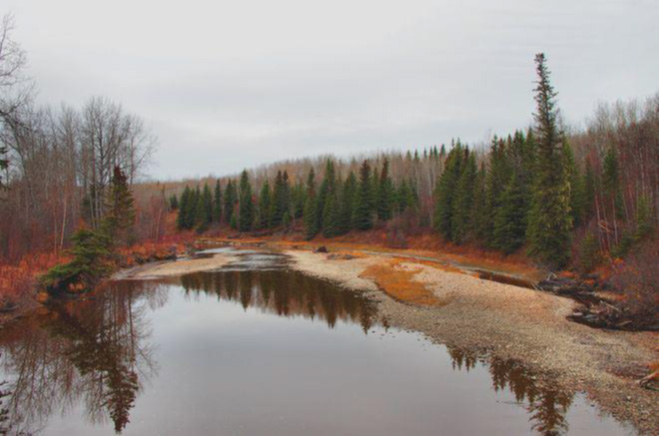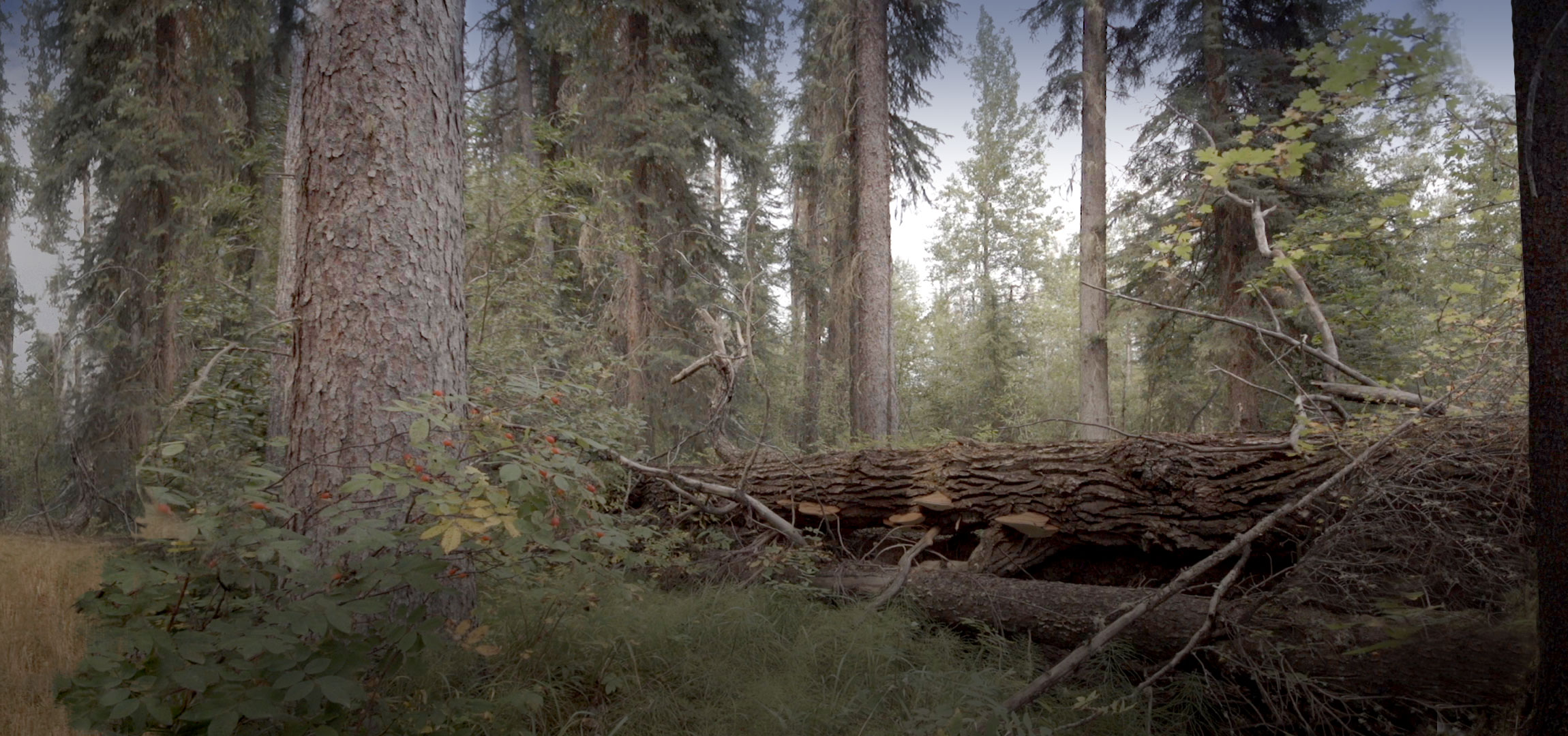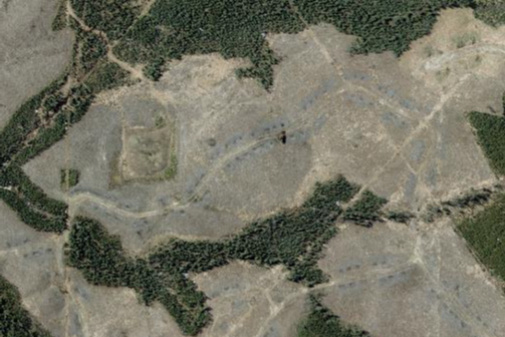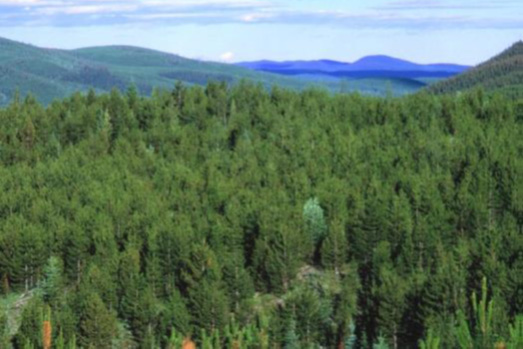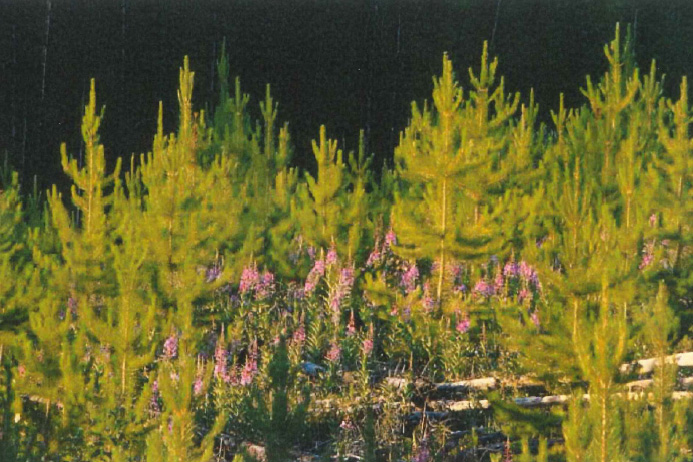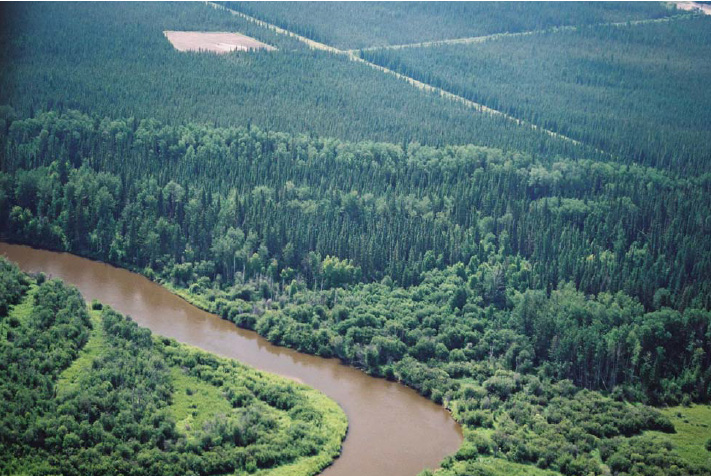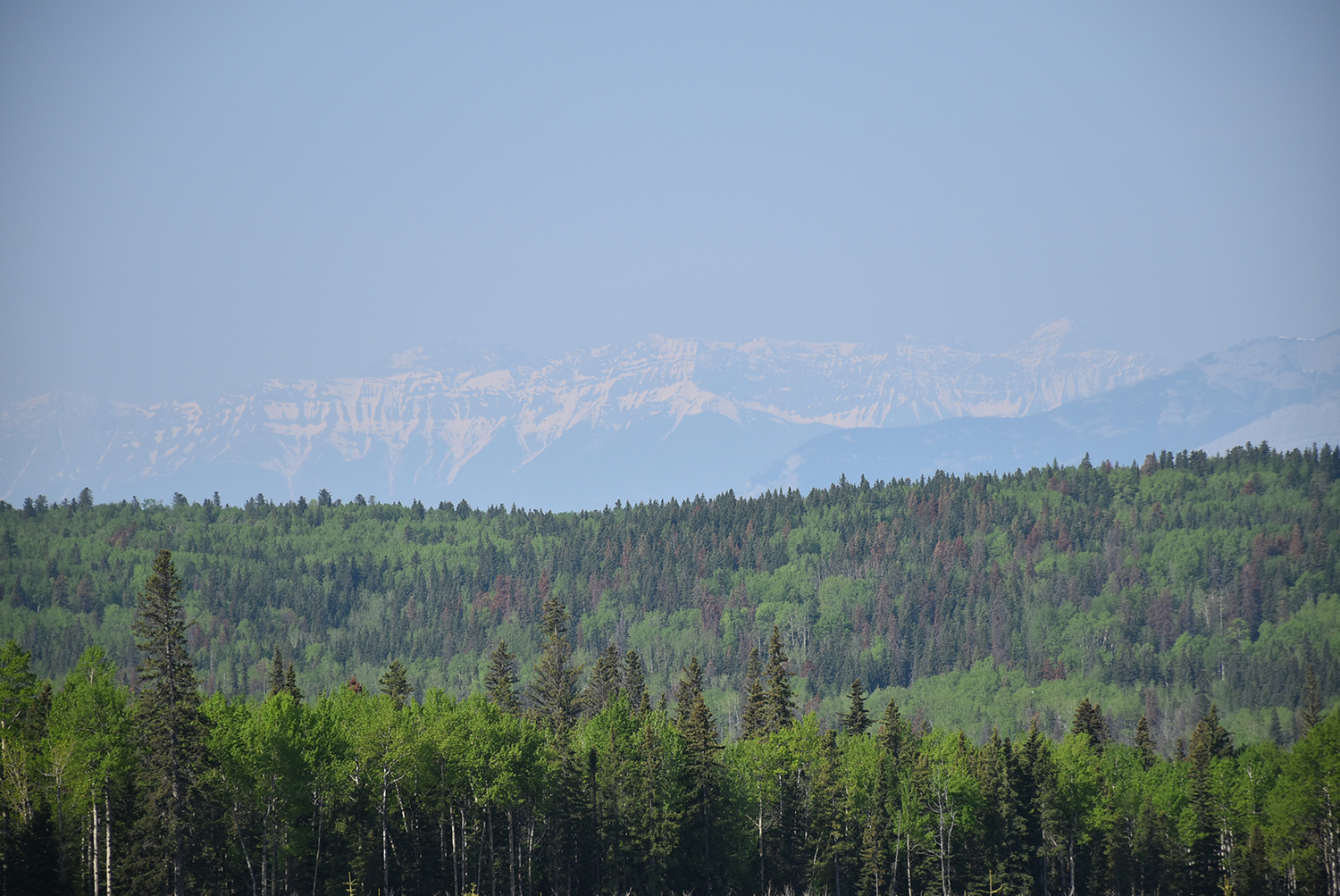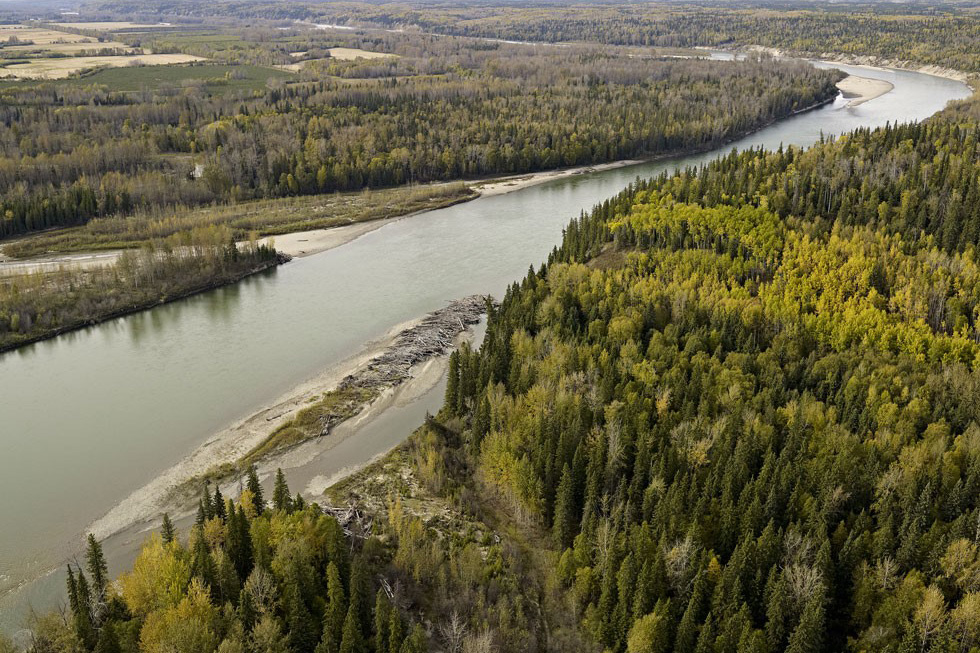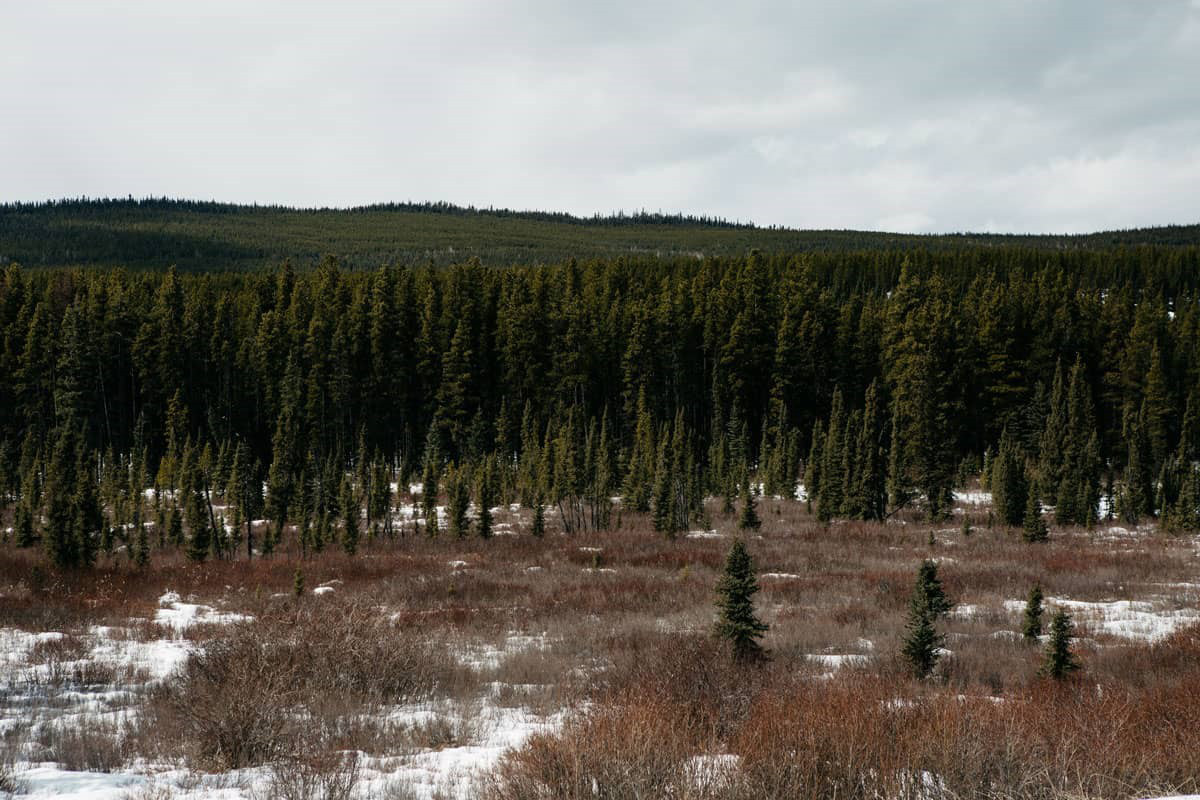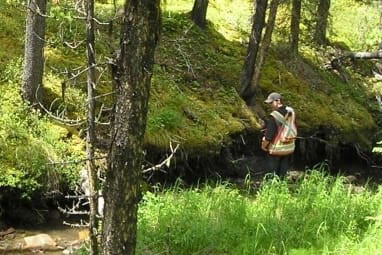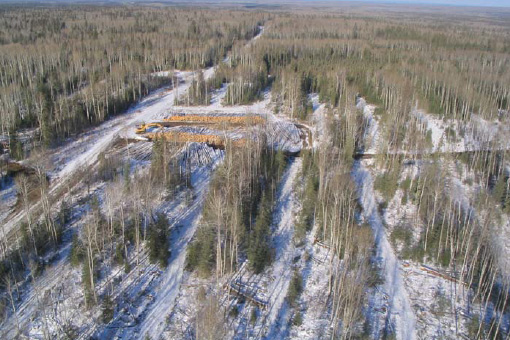This project was a spatial modelling exercise that created coarse-scale pre-industrial landscape metrics of the Canfor Grande Prairie FMA area in Alberta. The primary goal was to understand if, or in what ways, the current condition of the FMA area aligns with the historical range. The results suggest that much of this landscape is statistically already beyond its historical range. More specifically, the amount of mature (80-120 years) and old (>120 years) are in many cases currently very close to or beyond the upper natural range of variation (NRV) threshold and the overall amount of young (<40 years) forest is close to or below NRV threshold.
More detailed analyses revealed that the deviation from NRV was more pronounced in those parts of the landscape that are not actively managed for timber and black spruce dominated areas. This suggests that wildfire control efforts have been effective for many decades. However, the pattern of high levels old and low levels of young forest are evident on the ‘active’ land base as well, suggesting that historical disturbance rates have been higher than harvesting levels over the last few decades.
A large amount of old forest can provide positive benefits to a landscape in the form of a buffer against natural disturbance. On the other hand, the social, ecological, and economic risks of having old forest levels beyond NRV include increased risk of wildfires or insect and disease outbreaks—the impact of which is already evident in BC and Alberta during the 2017 and 2018 fire seasons. Moreover, this study also revealed that the ecological benefits of having large amounts of older forest on this landscape is likely compromised by the cumulative impacts of linear features such as roads, seismic lines, and pipelines right-of ways spatially divide what would otherwise be large contiguous patches of old forest into smaller patches.
Overall, the metrics from this study suggest that this is an unbalanced landscape that is headed in the wrong direction, due largely to decades of the inappropriate use of disturbance as a tool. This is likely already negatively impacting resilience to climate change, the likelihood of maintaining a sustainable flow of all goods and services, and the risk of natural disturbance agents.







